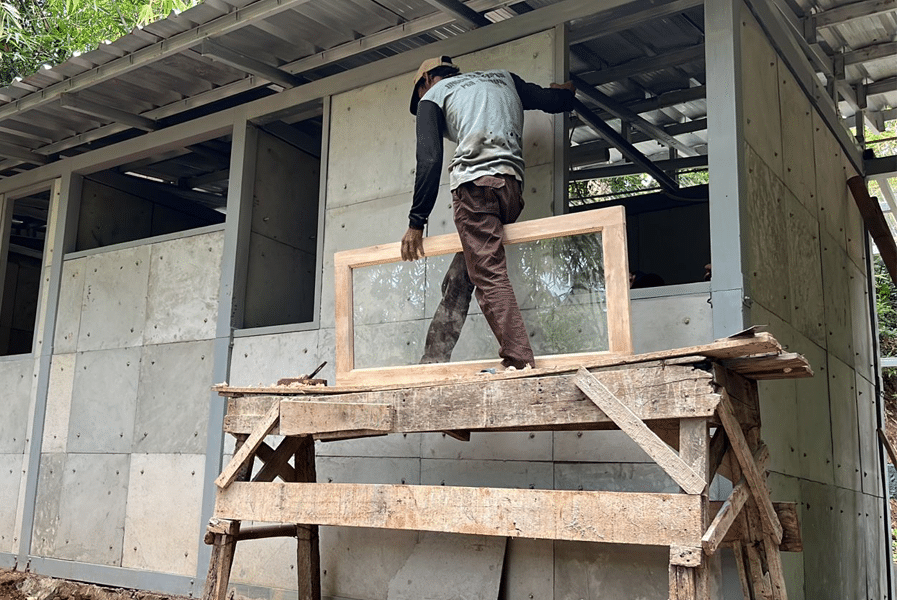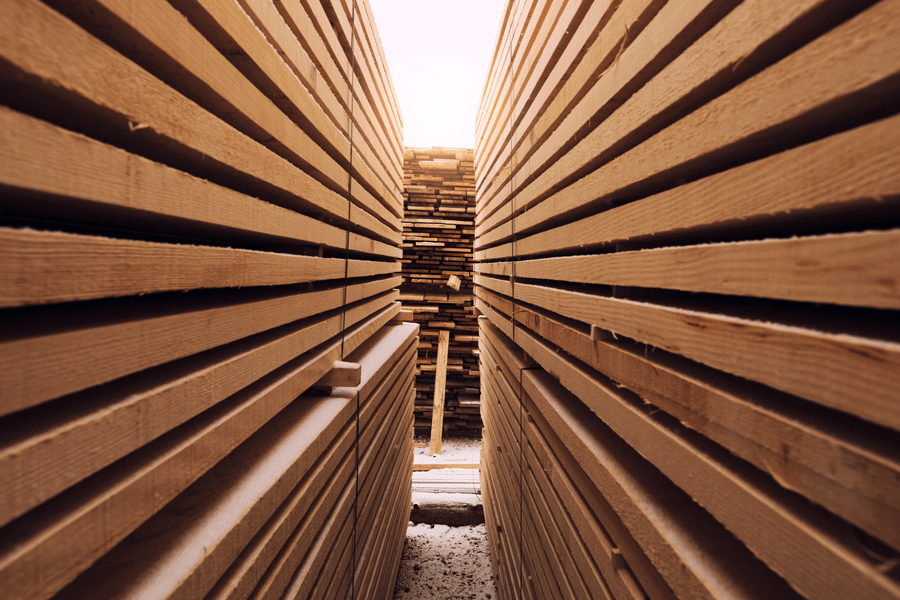This is the sort of research project that sounds like a gag—making concrete in part out of used diapers. But it is real enough to merit publication in Scientific Reports, a peer-reviewed journal published by Nature Portfolio.
Researchers at the University of Kitakyushu in Japan experimented and learned that chopped up cleaned diapers can replace up to 10% of the composite material in a concrete mix for structural use in single-story buildings and as much as 40% in nonstructural and architectural components, such as floors and non-load-bearing walls.
How they got to trying diapers is a story in itself. The researchers—one faculty member and Ph.D. students—had been working on incorporating waste products in concrete. They had previously experimented with some success using wood byproducts and plastic bottles. Then they got a call.
“The previous research attracted a company that challenged us and funded us to utilize the diapers,” said Siswanti Zuraida, a co-author and Ph.D. student from Indonesia who was about to defend her thesis the week after talking with Built.
The reason was practical. The company, Awina Sinergi International in Indonesia, is involved in renewable energy and waste management. The nation is the fourth most populous in the world, according to Oxfam. There is a need for affordable housing for many millions.
ALSO ON BUILT:
As the paper’s authors noted, “Building materials are often the single most considerable tangible input into the construction of housing and can account for up to 80% of the overall worth of a simple residential dwelling.” That cost is the “first barrier to sustainable construction.”
Countries that require conventional materials and construction techniques—“the majority of which are either a holdover from the days of colonialism or were imported from other nations”—create additional financial hurdles. Indonesia already has an annual housing construction backlog of 300,000 units. The country also has a growing supply of used disposable diapers given its growing population. Incorporating them into concrete would provide three benefits: reduced building cost, less waste to go into landfills and structural benefits to the concrete, like enhanced internal curing hydration.
The research started in 2020. “Compared to the previous research, these diapers were quite challenging for us,” Zuraida said. They had to take diapers, separate out the bodily waste, wash what remained, add chemicals to ensure hygiene and sanitation and then cut them into small pieces. Luckily, the team had an additional member who could help on one front. “I had a baby, now 3 years old, and I collected my baby’s diapers for two months,” she said.
The team then created six different mixture samples of diapers, sand, gravel, cement and water, curing the samples for 28 days and then tested them for how much pressure they could withstand before breaking. The researchers then calculated the proportions of diapers possible to build a 36-square-meter floorplan that would meet Indonesian building standards. Then came a building prototype.
The good news: no aroma. Well, that’s after the concrete had hardened. Before? “It did smell, so we had to wear masks,” Zuraida laughs.
“The particle [size] of the material is related to the durability,” Zuraida said. The finer the material, the better it becomes distributed throughout the concrete. That was a challenge during the research. “Because we did it manually, we cut the diapers with scissors, so we can’t control the particle size of the diapers.”
There are companies that clean and process disposable diapers, separating out organic and plastic components to recycle them. The resulting material becomes biomass for incineration, but the existing plants that handle the materials are all in developed countries. For using diapers in construction in developing nations, local processing would be important.
There are also other steps before this process can become available to builders. Diaper processing would need to include a chemical compound the researchers developed to help moderate water absorption by the diapers, as that could prove “challenging to countries with sources of water that are limited,” Zuraida said.
But the researchers seem optimistic and confident—they already filed for a patent, although examination and a final award can take a few years. But it’s a safe bet that as time goes on, the stack of diapers will only get higher.












